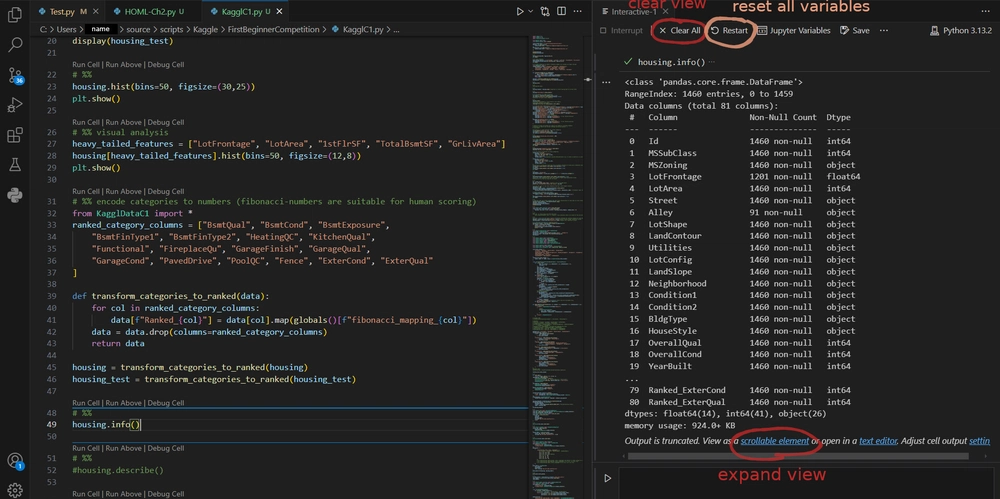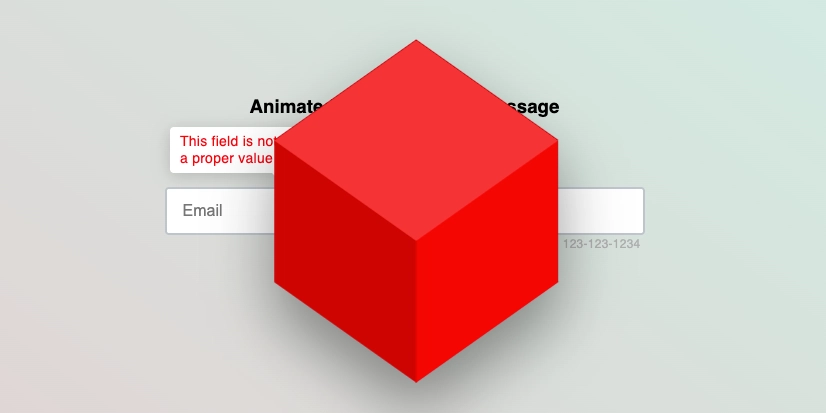Evaluating the Legitimacy of Drip Network: A Comprehensive Analysis
Abstract This post offers a holistic analysis of the Drip Network, a decentralized finance (DeFi) initiative built on the Binance Smart Chain. We cover its background, underlying technology, and key features such as its deflationary smart contract, staking mechanism, and innovative referral system. The post also examines real-life applications and use cases, discusses challenges such as sustainability concerns and regulatory uncertainties, and provides a forward-looking perspective on potential innovations and improvements. Throughout this post, links to authoritative resources and relevant Dev.to posts help deepen understanding and guide further exploration. Introduction Decentralized finance is reshaping the way we think about traditional financial systems. Drip Network is one such DeFi platform that has gained attention with its promise of a 1% daily yield using a deflationary smart contract. As interest accelerates, investors and enthusiasts continually assess the platform's legitimacy by evaluating its technology, transparency, community engagement, and regulatory compliance. In this post, we explore these facets and offer a comprehensive look into why Drip Network stands out in an increasingly crowded digital asset landscape. Background and Context Decentralized finance (DeFi) leverages blockchain technology to recreate traditional financial services without central intermediaries. Drip Network utilizes the scalable and efficient Binance Smart Chain to power its innovative yield system, making it accessible and attractive to crypto investors. A Brief History of DeFi The evolution of DeFi started with early blockchain payments and smart contracts on platforms such as Ethereum, soon blossoming into a multifaceted ecosystem. In this rapidly evolving space, transparency and robust communication with the community have become key pillars of trust. Drip Network, for example, consistently engages its users on Twitter, ensuring that stakeholders remain updated on operational developments. What is Drip Network? At its core, Drip Network offers a deflationary staking mechanism combined with a faucet reward system. By staking its native DRIP token, users are promised a daily 1% return, while the platform employs a referral system to incentivize user growth. Additional reading on similar DeFi endeavors is available at decentralized finance for project funding. The foundational mechanics largely rely on smart contracts on blockchain, which automate transactions and ensure transparency. Core Concepts and Features Drip Network is designed with several integral components that contribute to its operational model and perceived legitimacy. Here, we break down the primary building blocks: 1. Deflationary Smart Contracts and Daily Yields Smart Contracts: Automated programs that facilitate transactions securely and transparently. Deflationary Mechanics: With each transaction, specified tokens are burned or removed from circulation, theoretically enhancing token value over time. Daily Yield: Promising a fixed 1% return encourages user participation through repeated staking—although this model naturally invites questions about long-term sustainability. 2. Staking and Faucet Mechanism Drip Network’s faucet mechanism enables users to collect rewards by staking their tokens. This approach ensures a continuous flow of rewards without necessitating constant manual interventions. Staking itself has become a popular feature in many DeFi projects as it combines earning potential with network participation. 3. Referral System and Community Growth A robust referral mechanism is integrated within the platform. Users earn bonuses by inviting others—a strategy that, when deployed responsibly, can significantly bolster community engagement. However, this also raises concerns over structures reminiscent of Ponzi schemes if not managed with strict controls. 4. Transparency and Security Transparency plays a crucial role in the DeFi landscape. While Drip Network proactively communicates with its community through various channels, recurring third-party security audits and detailed disclosures of its smart contract code would further enhance its credibility. Best practices from the blockchain industry, such as the use of multi-signature wallets, are recommended to mitigate risks. Table 1: Comparison of Drip Network with Traditional DeFi Projects Feature Drip Network Other DeFi Projects Technology Base Binance Smart Chain Ethereum, Polygon, etc. Daily Yield Fixed 1% return Varies widely Token Model Deflationary Inflationary/Deflationary Referral System Built-in incentive program Often absent Transparency Community updates on Twitter Varies; many lack detailed audits Security Measures Emphasizes smart contract safety, yet third-party audits are advisable Some projects undergo rigorous audits
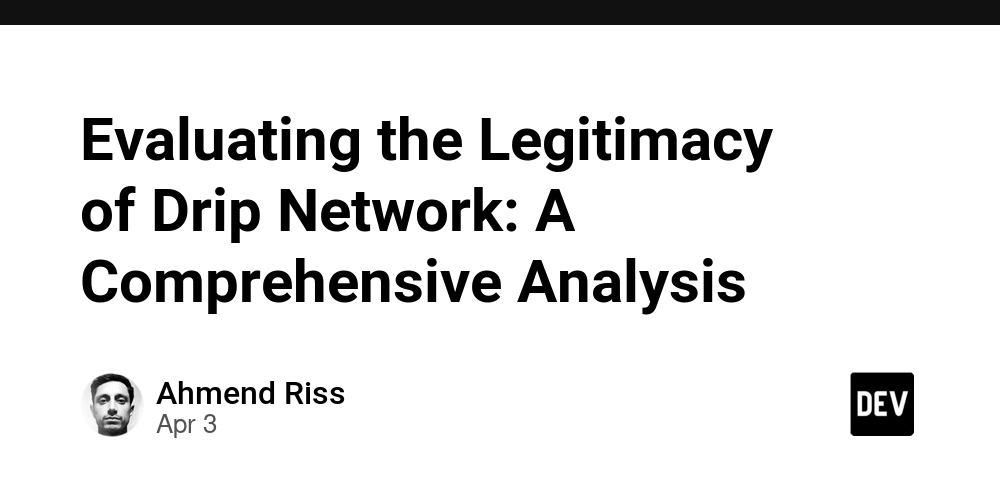
Abstract
This post offers a holistic analysis of the Drip Network, a decentralized finance (DeFi) initiative built on the Binance Smart Chain. We cover its background, underlying technology, and key features such as its deflationary smart contract, staking mechanism, and innovative referral system. The post also examines real-life applications and use cases, discusses challenges such as sustainability concerns and regulatory uncertainties, and provides a forward-looking perspective on potential innovations and improvements. Throughout this post, links to authoritative resources and relevant Dev.to posts help deepen understanding and guide further exploration.
Introduction
Decentralized finance is reshaping the way we think about traditional financial systems. Drip Network is one such DeFi platform that has gained attention with its promise of a 1% daily yield using a deflationary smart contract. As interest accelerates, investors and enthusiasts continually assess the platform's legitimacy by evaluating its technology, transparency, community engagement, and regulatory compliance. In this post, we explore these facets and offer a comprehensive look into why Drip Network stands out in an increasingly crowded digital asset landscape.
Background and Context
Decentralized finance (DeFi) leverages blockchain technology to recreate traditional financial services without central intermediaries. Drip Network utilizes the scalable and efficient Binance Smart Chain to power its innovative yield system, making it accessible and attractive to crypto investors.
A Brief History of DeFi
The evolution of DeFi started with early blockchain payments and smart contracts on platforms such as Ethereum, soon blossoming into a multifaceted ecosystem. In this rapidly evolving space, transparency and robust communication with the community have become key pillars of trust. Drip Network, for example, consistently engages its users on Twitter, ensuring that stakeholders remain updated on operational developments.
What is Drip Network?
At its core, Drip Network offers a deflationary staking mechanism combined with a faucet reward system. By staking its native DRIP token, users are promised a daily 1% return, while the platform employs a referral system to incentivize user growth. Additional reading on similar DeFi endeavors is available at decentralized finance for project funding. The foundational mechanics largely rely on smart contracts on blockchain, which automate transactions and ensure transparency.
Core Concepts and Features
Drip Network is designed with several integral components that contribute to its operational model and perceived legitimacy. Here, we break down the primary building blocks:
1. Deflationary Smart Contracts and Daily Yields
- Smart Contracts: Automated programs that facilitate transactions securely and transparently.
- Deflationary Mechanics: With each transaction, specified tokens are burned or removed from circulation, theoretically enhancing token value over time.
- Daily Yield: Promising a fixed 1% return encourages user participation through repeated staking—although this model naturally invites questions about long-term sustainability.
2. Staking and Faucet Mechanism
Drip Network’s faucet mechanism enables users to collect rewards by staking their tokens. This approach ensures a continuous flow of rewards without necessitating constant manual interventions. Staking itself has become a popular feature in many DeFi projects as it combines earning potential with network participation.
3. Referral System and Community Growth
A robust referral mechanism is integrated within the platform. Users earn bonuses by inviting others—a strategy that, when deployed responsibly, can significantly bolster community engagement. However, this also raises concerns over structures reminiscent of Ponzi schemes if not managed with strict controls.
4. Transparency and Security
Transparency plays a crucial role in the DeFi landscape. While Drip Network proactively communicates with its community through various channels, recurring third-party security audits and detailed disclosures of its smart contract code would further enhance its credibility. Best practices from the blockchain industry, such as the use of multi-signature wallets, are recommended to mitigate risks.
Table 1: Comparison of Drip Network with Traditional DeFi Projects
| Feature | Drip Network | Other DeFi Projects |
|---|---|---|
| Technology Base | Binance Smart Chain | Ethereum, Polygon, etc. |
| Daily Yield | Fixed 1% return | Varies widely |
| Token Model | Deflationary | Inflationary/Deflationary |
| Referral System | Built-in incentive program | Often absent |
| Transparency | Community updates on Twitter | Varies; many lack detailed audits |
| Security Measures | Emphasizes smart contract safety, yet third-party audits are advisable | Some projects undergo rigorous audits |
Applications and Use Cases
Drip Network’s design is not just about the promise of daily rewards. Several practical applications underscore its relevance in the DeFi ecosystem.
Real-Life Yield Farming
Investors may use Drip Network as a yield-farming tool where the daily returns can be reinvested to compound gains. This model supports both passive income strategies and growth-oriented asset accumulation.
Community-Driven Sponsorship Initiatives
The referral system encourages organic growth. Users who refer others help expand the network, which in turn strengthens the overall community. Transparent community engagement is paramount to ensure the model does not veer into unsustainable practices.
Integration with Wider Financial Services
Many enthusiasts see platforms like Drip Network as stepping stones to more sophisticated financial instruments, including insurance, decentralized lending, and digital asset management. With successful integration, these yield systems could complement other DeFi services, creating an interconnected financial ecosystem.
Challenges and Limitations
While the promise of a daily 1% return is indeed alluring, it comes with notable challenges and potential risks:
Sustainability of Yields:
The fixed return model relies heavily on continuous new user participation. A slowdown in growth could threaten the viability of sustaining daily yields.Regulatory Uncertainty:
As with all DeFi projects, regulatory landscapes across jurisdictions are evolving. Investors must stay informed about changes in blockchain regulation which can impact the project's operations.Security Risks and Audit Gaps:
The decentralized nature reduces centralized vulnerability but may increase the risk of coding errors or attacks if smart contracts are not thoroughly audited.Ponzi-Like Concerns:
Heavy reliance on referral incentives can raise red flags. A balanced financial model incorporating robust risk management and clear tokenomics is crucial to avoid comparisons with Ponzi schemes.
Bullet List: Key Challenges in Drip Network
- Sustainability: Maintaining returns as the user base fluctuates.
- Regulatory Shifts: Potential legal and compliance hurdles.
- Security Assurance: The need for consistent and thorough audits.
- Community Dependence: Reliance on referrals for growth.
Future Outlook and Innovations
For platforms like Drip Network to thrive, continuous evolution and innovation are essential.
Advancements in Security and Transparency
Future updates could include regular third-party audits and more detailed smart contract documentation, giving stakeholders increased confidence. Advanced security measures (like integrating multi-signature wallets) can also help mitigate risks.
Improved Tokenomics and Economic Models
Refining the economic structure to balance sustainability with attractive yields is a likely trend. Enhanced models may incorporate dynamic yield adjustments instead of fixed returns, thus ensuring long-term viability.
Regulatory Adaptation and Compliance
As the regulatory framework becomes clearer for DeFi, platforms can implement more robust compliance measures. This proactive approach will help build trust among investors and simplify cross-border transactions.
Community Governance and Decentralization
A shift toward more decentralized governance models could empower the community to vote on crucial decisions. Such a transition would further embed transparency in operations and ensure decisions align with the interests of a broad user base.
Integration with Wider Blockchain and Financial Systems
There is potential for further collaborations with other blockchain initiatives. For instance, integrating with digital asset exchanges or participating in cross-chain liquidity solutions could make the platform a more integral part of the overall ecosystem.
For readers interested in deeper technical exploration, the Dev.to community offers valuable insights. For example, check out Exploring Drip Network: Revolutionizing DeFi with Sustainable Yield Farming and Arbitrum Liquidity: Navigating the Layer 2 Landscape in DeFi.
Summary
In this comprehensive analysis, we have examined Drip Network’s innovative approach within the decentralized finance space. By leveraging the efficiency of the Binance Smart Chain and employing a deflationary staking model alongside a strategic referral program, Drip Network offers both opportunities and challenges for investors.
Key points from our exploration include:
- Drip Network promises a fixed 1% daily yield through a deflationary smart contract system.
- Its robust staking and referral mechanisms aim to incentivize community growth, though these features may also raise sustainability and regulatory concerns.
- Transparency and security remain paramount. Proactive community engagement and regular audits can significantly boost trust.
- The future holds opportunities for improved tokenomics, increased regulatory compliance, and enhanced decentralized governance.
For additional context on these dynamics, you can revisit the original article on Drip Network Legitimacy. Moreover, resources like CoinDesk and CoinTelegraph offer valuable updates on the evolving DeFi landscape.
In conclusion, while Drip Network presents a promising model for yield generation and community engagement, careful scrutiny is essential. Balancing innovation with sustainability, ensuring rigorous security protocols, and navigating potential regulatory challenges will be critical for its enduring success.
Recommended Resources and Further Reading
- Binance Smart Chain – Learn more about the blockchain backbone behind Drip Network.
- Smart Contracts on Blockchain – An in-depth exploration of automated contracts.
- DeFi for Project Funding – Understand how decentralized platforms help raise funds.
- Blockchain Regulation – Stay updated on the regulatory framework affecting DeFi.
Additional Dev.to Insights:
- Navigating the Crossroads: Cyberwarfare Meets Open Source License Compliance
- Fueling Innovation Sustainably: Income Models for Open Source Projects
By combining technical insight with accessible explanations, this post aims to empower readers—whether new to DeFi or experienced investors—to critically assess projects like Drip Network. Ensuring that blockchain technology is secure, transparent, and sustainably managed will be the key to unlocking the full potential of decentralized finance in the years ahead.
Stay informed and always perform your own due diligence before engaging with any DeFi platform.













































































































































































![[The AI Show Episode 142]: ChatGPT’s New Image Generator, Studio Ghibli Craze and Backlash, Gemini 2.5, OpenAI Academy, 4o Updates, Vibe Marketing & xAI Acquires X](https://www.marketingaiinstitute.com/hubfs/ep%20142%20cover.png)














































































































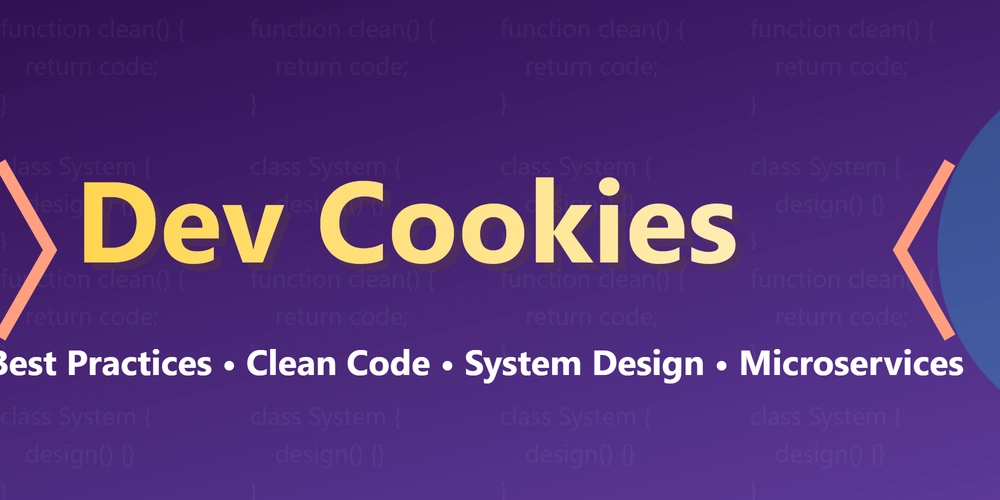


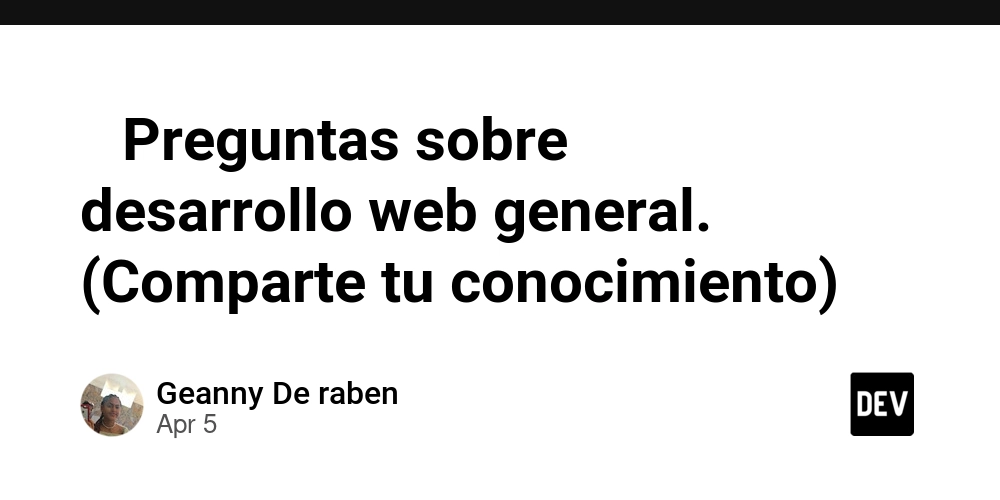









![[FREE EBOOKS] The Kubernetes Bible, The Ultimate Linux Shell Scripting Guide & Four More Best Selling Titles](https://www.javacodegeeks.com/wp-content/uploads/2012/12/jcg-logo.jpg)



![From drop-out to software architect with Jason Lengstorf [Podcast #167]](https://cdn.hashnode.com/res/hashnode/image/upload/v1743796461357/f3d19cd7-e6f5-4d7c-8bfc-eb974bc8da68.png?#)





































































































.png?#)





.jpg?#)
































_Christophe_Coat_Alamy.jpg?#)










































































































![Rapidus in Talks With Apple as It Accelerates Toward 2nm Chip Production [Report]](https://www.iclarified.com/images/news/96937/96937/96937-640.jpg)


































































































































